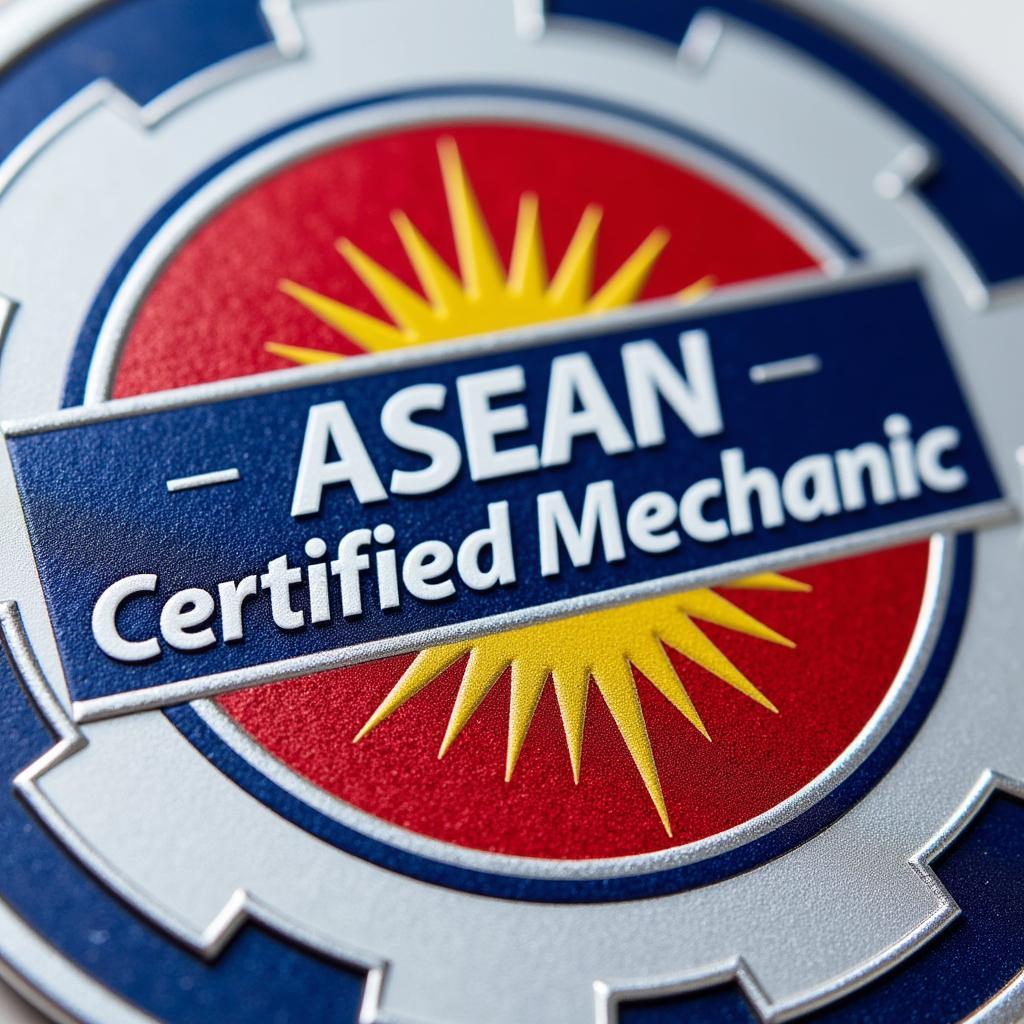Southeast Asia’s rapid economic growth has been nothing short of remarkable. However, this progress has also exposed a critical need for robust and sustainable infrastructure development. Enter the Asian Development Bank (ADB), a key player in bridging the infrastructure gap and fostering inclusive growth within the ASEAN region.
ASEAN Infrastructure Needs: A Pressing Concern
The demand for efficient and resilient infrastructure in ASEAN is immense. The region faces a multitude of challenges, from inadequate transportation networks and unreliable energy grids to insufficient water resource management and limited access to digital technologies. These limitations can hinder economic growth, exacerbate social inequalities, and hamper the region’s ability to compete on a global scale.
ADB’s Role: A Catalyst for Progress
The ADB has emerged as a steadfast partner for ASEAN, providing financial and technical assistance to support sustainable infrastructure development across various sectors:
1. Transport Infrastructure: Enhancing Connectivity and Trade:
The ADB recognizes that efficient transport networks are the backbone of economic growth. By investing in roads, railways, ports, and airports, the ADB is helping ASEAN countries improve connectivity, facilitate trade, and boost regional integration.
“Investing in smart and sustainable transport infrastructure is not just about building roads and bridges; it’s about connecting people to opportunities and markets,” says Dr. Bambang Susantono, Vice-President for Knowledge Management and Sustainable Development at the ADB.
2. Energy Infrastructure: Powering Growth and Sustainability:
Recognizing the importance of reliable and sustainable energy sources, the ADB supports ASEAN’s transition towards a cleaner energy future. Investments in renewable energy projects, smart grids, and energy efficiency initiatives are helping the region meet its growing energy demands while mitigating the impacts of climate change.
3. Water and Sanitation Infrastructure: Ensuring Water Security and Public Health:
Access to safe and reliable water and sanitation is crucial for human health and well-being. The ADB works with ASEAN countries to improve water resource management, build resilient water infrastructure, and expand access to safe sanitation facilities, particularly in underserved communities.
4. Digital Infrastructure: Bridging the Digital Divide and Promoting Innovation:
In today’s increasingly digital world, access to reliable and affordable internet connectivity is paramount. The ADB’s investments in digital infrastructure, including broadband networks, data centers, and digital literacy programs, are helping to bridge the digital divide within ASEAN and unlock the transformative potential of technology.
A Future of Shared Prosperity: The Way Forward
The ADB’s commitment to ASEAN’s infrastructure development goes beyond financial assistance. The institution actively promotes knowledge sharing, capacity building, and regional cooperation to ensure the long-term sustainability and impact of its investments.
By working hand-in-hand with ASEAN member states, the ADB is playing a pivotal role in creating a more interconnected, prosperous, and resilient Southeast Asia. As the region continues to develop and evolve, the ADB’s enduring partnership will be essential in navigating the challenges and opportunities that lie ahead, ensuring that no one is left behind in the pursuit of sustainable and inclusive growth.
FAQ
1. What are the major infrastructure challenges facing ASEAN?
ASEAN faces significant challenges in transport, energy, water and sanitation, and digital infrastructure, hindering its economic growth and social development.
2. How does the ADB support infrastructure development in ASEAN?
The ADB provides financial and technical assistance for projects in transport, energy, water, sanitation, and digital infrastructure, promoting sustainable and inclusive growth.
3. What is the significance of digital infrastructure in ASEAN’s development?
Digital infrastructure is crucial for bridging the digital divide, promoting innovation, and enabling ASEAN to participate fully in the global digital economy.
4. How does the ADB’s work impact the lives of people in ASEAN?
ADB-supported projects improve connectivity, enhance access to essential services like water and sanitation, create economic opportunities, and contribute to a better quality of life for people in Southeast Asia.
5. What is the future outlook for infrastructure development in ASEAN?
Continued investment and collaboration between ASEAN member states and development partners like the ADB will be vital to meet the region’s growing infrastructure needs and achieve its sustainable development goals.
Need support? Contact us 24/7: Phone: 0369020373, Email: [email protected] or visit us at: Thôn Ngọc Liễn, Hiệp Hòa, Bắc Giang, Việt Nam. Our dedicated customer support team is here to assist you.
Explore more: Learn about specific initiatives like ASE 5 brakes and their impact on ASEAN’s development trajectory.


